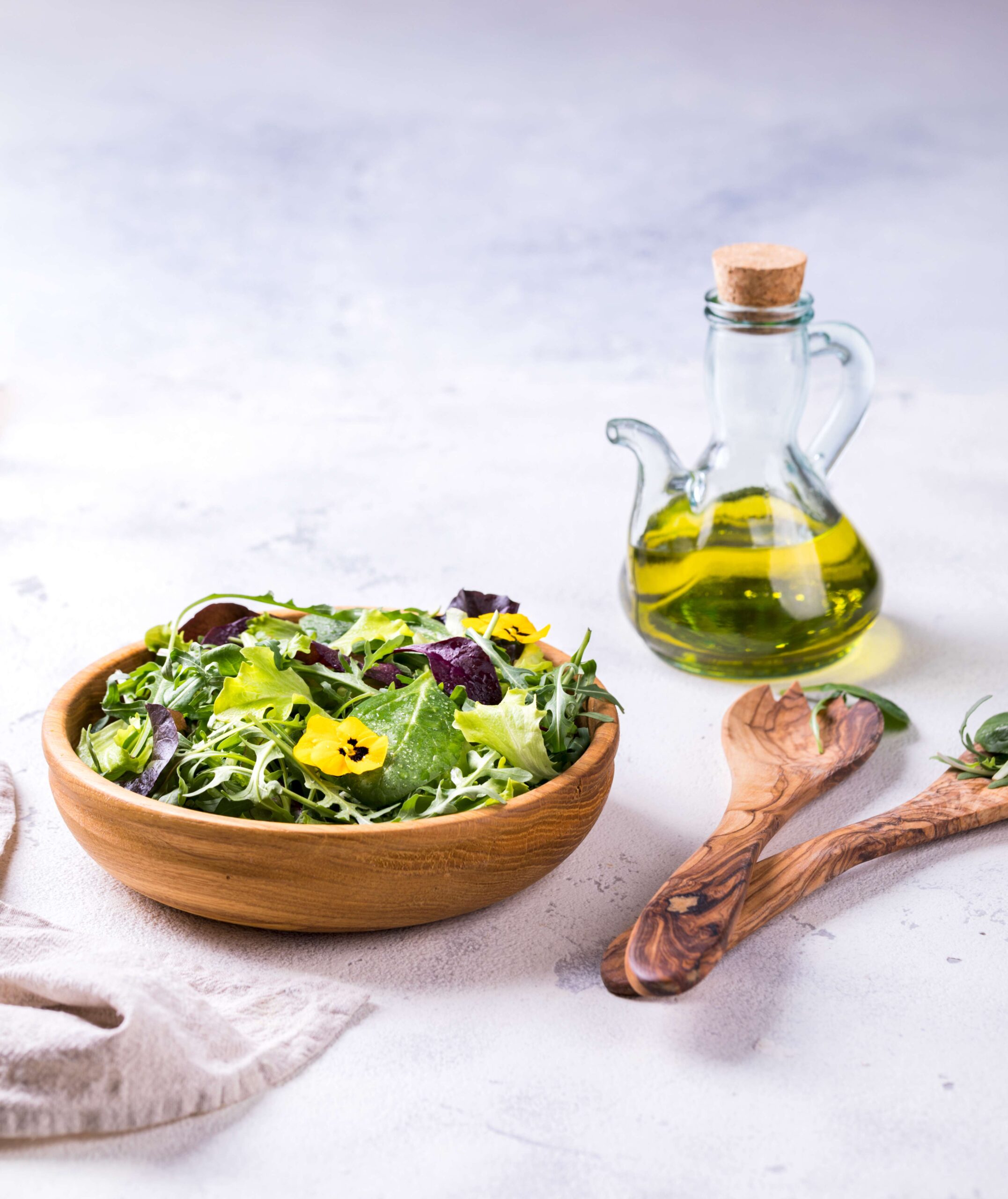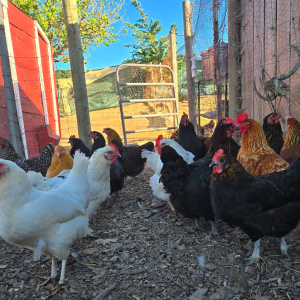French olive oil is highly regarded for its quality, unique flavors, and artisanal production methods. While France produces a smaller quantity of olive oil compared to Spain or Italy, its oils are known for their exceptional taste, often crafted by small, high-end producers. Here are some key aspects of French olive oil:
1. Key Olive Oil Regions in France
- Provence-Alpes-Côte d’Azur – The heart of French olive oil production, known for fruity and herbaceous oils.
- Languedoc-Roussillon – Produces both delicate and robust olive oils.
- Occitanie – Home to high-quality, boutique-style oils.
- Corsica – Features smooth, buttery oils with a slightly sweet, nutty taste.
2. Notable AOC/AOP Olive Oils
French olive oils often have AOC (Appellation d’Origine Contrôlée) or AOP (Appellation d’Origine Protégée) certifications, ensuring quality and authenticity. Some renowned varieties include:
- Huile d’Olive de Provence AOP – Rich and aromatic, made from multiple olive varieties.
- Huile d’Olive de Nyons AOP – Smooth and mild, with buttery and nutty flavors.
- Huile d’Olive de Nîmes AOP – Fruity with slight peppery notes.
- Huile d’Olive de Corse AOP – Balanced with a slightly sweet finish.
3. Flavor Profile
French olive oils tend to be delicate and elegant, with flavors ranging from fruity and floral to slightly peppery and nutty, depending on the region and variety. Unlike the often bold and spicy oils from Spain or Italy, French olive oils are typically softer and more nuanced.
4. Culinary Uses
- Perfect for drizzling over salads, fresh vegetables, and grilled fish.
- Ideal for finishing dishes rather than high-heat cooking.
- Excellent for baking or pairing with goat cheese and fresh bread.
5. Price & Availability
Since production is relatively small, French olive oils can be more expensive than their Spanish or Italian counterparts. However, their artisanal quality and unique flavor profiles make them worth trying for gourmet lovers.
Would you like recommendations on specific brands or where to buy French olive oil?
French Olive Oil: A Detailed Overview
French olive oil is a premium product, appreciated for its refined flavors, artisanal production, and strict quality controls. While France is not the largest producer, its oils are among the finest in the world.
1. Olive Oil Production in France
- France produces about 5,000-6,000 tons of olive oil annually, a fraction of global production.
- The country has approximately 3 million olive trees across 8 key regions.
- Most olive oil comes from small-scale, traditional farms rather than industrial operations.
Comparison with Other Countries (Annual Production Estimates):
| Country | Production (Tons) |
| Spain | 1.4 – 1.7 million |
| Italy | 300,000 – 500,000 |
| Greece | 250,000 – 300,000 |
| France | ~6,000 |
2. Main Olive Oil Producing Regions in France
French olive oil is mainly produced in southern France, particularly in Provence, Languedoc, and Corsica. Each region has distinct olive varieties and flavor profiles.
Key Regions & Their Olive Oils
| Region | Notable AOP Olive Oil | Flavor Profile |
| Provence-Alpes-Côte d’Azur | Huile d’Olive de Provence AOP | Fruity, mild spice, herbal notes |
| Nyons (Drôme, Rhône-Alpes) | Huile d’Olive de Nyons AOP | Smooth, buttery, nutty |
| Languedoc (Nîmes, Hérault) | Huile d’Olive de Nîmes AOP | Fruity, grassy, peppery |
| Corsica (Île de Beauté) | Huile d’Olive de Corse AOP | Slightly sweet, floral |
| Var & Alpes-Maritimes | Huile d’Olive de Nice AOP | Mild, delicate, nutty |
3. French Olive Varieties & Characteristics
France has over 100 different olive varieties, but some stand out for their exceptional oil production.
| Olive Variety | Characteristics | Found in |
| Tanche | Mild, buttery, slightly sweet | Nyons (Rhône-Alpes) |
| Aglandau | Peppery, grassy, almond notes | Provence, Alpes-de-Haute-Provence |
| Salonenque | Smooth, delicate, floral | Bouches-du-Rhône, Provence |
| Picholine | Sharp, spicy, green apple notes | Languedoc, Gard |
| Sabine | Mild, slightly sweet, herbal | Corsica |
4. French Olive Oil Certifications
France enforces strict AOP (Appellation d’Origine Protégée) and AOC (Appellation d’Origine Contrôlée) rules to ensure authenticity.
- AOP (Protected Designation of Origin): Guarantees the oil is made using traditional methods in a specific region.
- AOC (Controlled Designation of Origin): Similar to AOP but applies only within France.
- Organic (Bio) Olive Oil: Increasingly popular, with small farms adopting chemical-free cultivation.
5. French Olive Oil Flavor Profiles
French olive oils are known for their elegant and refined flavors. Unlike the bold, spicy oils from Spain or Italy, French oils are typically softer, fruitier, and more floral.
| Intensity | Example Olive Oils | Flavor Notes |
| Mild & Buttery | Nyons AOP, Nice AOP | Nutty, floral, smooth |
| Medium & Fruity | Provence AOP, Nîmes AOP | Fruity, almond, grassy |
| Strong & Peppery | Picholine-based oils | Spicy, green apple, sharp |
6. Best Uses for French Olive Oil
Due to its delicate flavors, French olive oil is best used raw or in dishes where its subtle taste shines.
- Drizzling over salads, seafood, or goat cheese
- Dipping with fresh baguette
- Pairing with fresh herbs and grilled vegetables
- Finishing soups or pasta dishes
- Infusing with truffle or citrus for gourmet preparations
7. Availability & Price
Because of its limited production, French olive oil is generally more expensive than Spanish or Italian oils.
Average Price of French Olive Oil
| Type | Price (per liter) |
| Basic French Olive Oil | €20 – €30 |
| AOP Certified Olive Oil | €30 – €50 |
| Organic French Olive Oil | €40 – €60 |
| Rare & Small Batch Oils | €60+ |
Where to Buy:
- French gourmet shops & markets
- Online retailers specializing in artisanal oils
- High-end supermarkets & specialty stores
8. Comparison: French vs. Italian vs. Spanish Olive Oil
| Feature | French Olive Oil | Italian Olive Oil | Spanish Olive Oil |
| Production | Small-scale, artisanal | High-quality but more industrial | Largest producer, commercial |
| Flavor | Delicate, floral, nutty | Fruity, slightly bitter, strong | Bold, robust, sometimes smoky |
| Best For | Drizzling, finishing, gourmet dishes | Pasta, sauces, salads | Cooking, frying, dipping |
| Price | Expensive | Mid to high-range | More affordable |
Conclusion: Is French Olive Oil Worth It?
✅ Yes, if you appreciate delicate, high-quality, artisanal oils.
✅ Yes, if you want unique, region-specific flavors from Provence or Corsica.
❌ No, if you’re looking for a budget-friendly everyday cooking oil.













